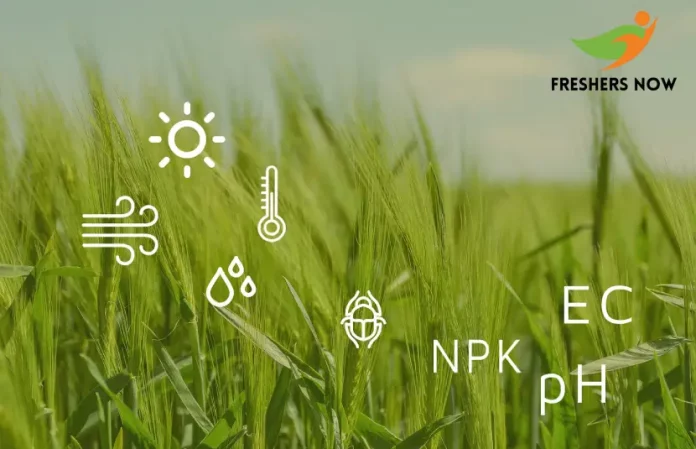
World Bank Report On Agri-Food System: The World Bank’s latest report, “Recipe for a Livable Planet: Achieving Net Zero Agrifood Emissions in the Agrifood System,” underscores the significant potential for reducing greenhouse gas (GHG) emissions from the agrifood sector, which currently contributes to about one-third of global emissions. This report outlines actionable steps that countries can take to enhance food security, build resilience to climate change, and protect vulnerable populations during the transition to a low-carbon economy.
India’s Emission Reduction Potential
India holds substantial potential for emission reduction in the agri-food sector. By replacing a quarter of the country’s 8.8 million diesel irrigation pumps with solar pumps, India could slash agrifood emissions by 11.5 million tonnes annually. Moreover, the report highlights that 80% of India’s mitigation potential in agriculture could be achieved through cost-saving measures alone.
Top Agrifood System Emitters
The World Bank’s report identifies the top ten agrifood system emitters, including China, Brazil, India, the United States, and Indonesia. These nations collectively account for 55% of global agrifood emissions, with the top 20 emitters responsible for 67% of the total emissions.
Role of High-Income and Middle-Income Countries
High-income countries can play a pivotal role in supporting low- and middle-income countries in adopting low-emission farming methods and technologies. Middle-income countries, on the other hand, have the potential to curb up to three-quarters of global agrifood emissions through greener practices.
Investment Requirements and Benefits
To achieve the ambitious goal of halving agrifood emissions by 2030 and achieving net-zero emissions by 2050, annual investments in the sector need to increase to $260 billion. However, the report emphasizes that the benefits of investing in agrifood emissions reduction far outweigh the costs, with potential benefits exceeding $4 trillion. These benefits include improvements in human health, food security, job quality, farmer profits, and increased carbon retention in forests and soils.
Solar Irrigation Pumps: Sustainable Alternatives
Solar irrigation pumps offer a sustainable alternative to conventional fuel-based pumps used in agriculture. By harnessing photovoltaic panels to convert sunlight into electrical energy, these pumps reduce dependency on fossil fuels, decrease greenhouse gas emissions, and offer low operational costs after the initial setup. Governments and NGOs often provide subsidies and incentives to promote the adoption of solar pumps, particularly in remote or rural areas lacking reliable access to electricity.
Enteric Fermentation: Addressing Livestock Emissions
Enteric fermentation, a digestive process occurring in ruminant animals like cows, sheep, and goats, produces methane gas, a potent greenhouse gas. Agricultural research focuses on reducing agrifood emissions from livestock through dietary adjustments, genetic selection, and management practices to mitigate the environmental impact of enteric fermentation.
Conclusion
The World Bank’s report highlights the critical role of the agrifood sector in achieving global agrifood emissions reduction targets. By implementing sustainable practices and investing in innovative solutions like solar irrigation pumps, countries can mitigate emissions, enhance food security, and build resilience to climate change, ensuring a more sustainable and livable planet for future generations.
Stay updated with the latest current affairs and insightful blog posts by following FreshersNow. Don’t miss out on future content that keeps you informed and engaged!
| You Can Also Check | |
| Current Affairs | |



